
|
People / Ricardo Villar
Description by Ricardo Villar, 1/2013:
This may be a new species or form. It appears to be a hybrid of Lambis sowerbyi M÷rch, 1872, and L. lambis (Linnaeus, 1758), as it shows features common to both species, in an intermediate degree. As in the majority of strombids, the shell has a roughly biconical shape, with the body whorl slightly swollen, with convex sides, and with the outer lip expanded and thickened. There are six large spines on the outer lip and an additional one as an extension of the siphonal canal. Two specimens were examined, with lengths from 211 mm and 220 mm respectively. Both came from the vicinity of Palawan Island, Philippines. As all Lambis species have pelagic larvae, long lived and with good dispersal possibilities, there is a probability that both specimens may be related. The shell has a general shape rather similar to that of Lambis sowerbyi and L. lambis, with the following differences from each of these. The shell is wider relative to its length compared with L. sowerbyi. The threads which form the sculpture on the body whorl are proportionally similar or weaker than those in L. sowerbyi and stronger than those in L. lambis. The shell is thicker and heavier than the average L. lambis of the same age and this is readily observable at the forward part of the lip, between the stromboid notch and the siphonal canal. Inside the aperture, near the siphonal canal at the anterior end and near the anal canal, there are very subtle plications, similar to those found rarely in some L. sowerbyi and normally in L. lambis. The spire has nodules along the shoulders, not as large as those in L. sowerbyi but larger than in L. lambis. The apical end of the spire is pointed, not completely truncated, as in L. sebae, so the angle formed by it sides with the axis is larger than in the main part. The nodules on the dorsal part of the body whorl are of a size intermediate between those in L. sowerbyi and L. lambis. The spines of the smaller specimen are similar to those in male L. lambis found in the Philippines and Indonesia comparatively smaller than those of the female and arranged horizontally when the animal is in its normal position, aperture down. The spines of the larger specimen are longer, slightly curved upwards, but not so long as those of female L. lambis from the same area. These spines are rather similar to those of L. sowerbyi. The outer lip callus protrudes out of the initial lip along its edge and has tapering extensions underneath the spines, as in many specimens of L. sowerbyi. The external colour may be white or creamy white with brown marks. Inside the aperture is of a reddish or orange colour, with the outer lip and collumellar callus greyish brown. This species differs from Lambis arachnoides Shikama, 1971 in the following features:
Lambis arachnoides is generally considered to be a hybrid of L. truncata and L. millepeda. Is has in common with these two species the longish body whorl and the large nodules on the spire. ADDITIONAL NOTES. The Specimen 1 was purchased from Tony Shells and the Specimen 2 was purchased from Conchology, Inc. The plate shows four views of each specimen, from the dorsal, ventral, right and left sides respectively. Should any formal publication decide to publish this description, I would like the give the new species or form the name Lambis lilikae, after my wife Lilik Villar. At Chiclana, Spain 3rd of January 2013. Ricardo Villar 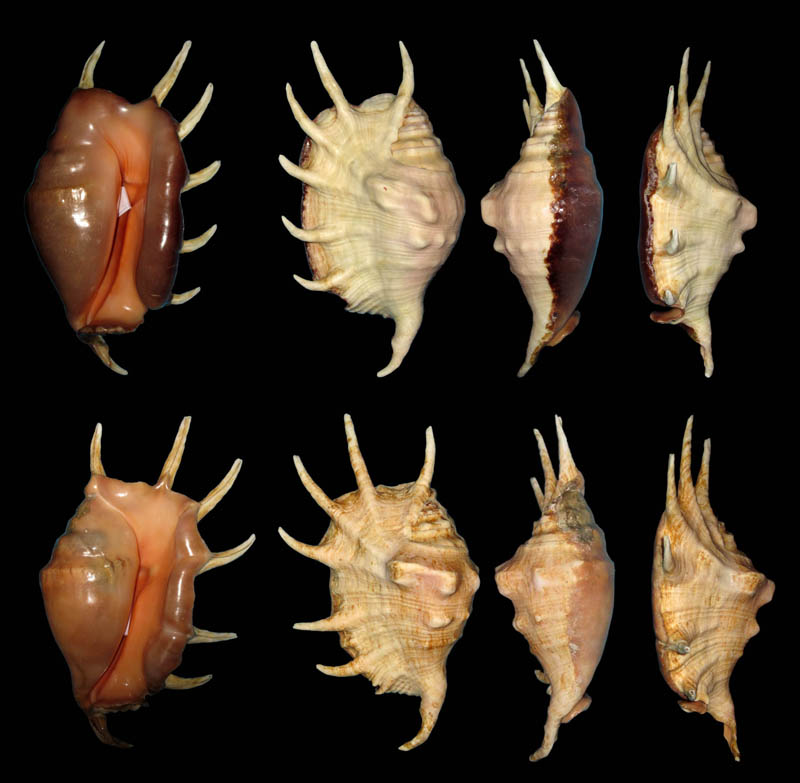 Lambis lambis x sowerbyi; hybrids; Philippines Islands; Coll. Ricardo Villar from his collection 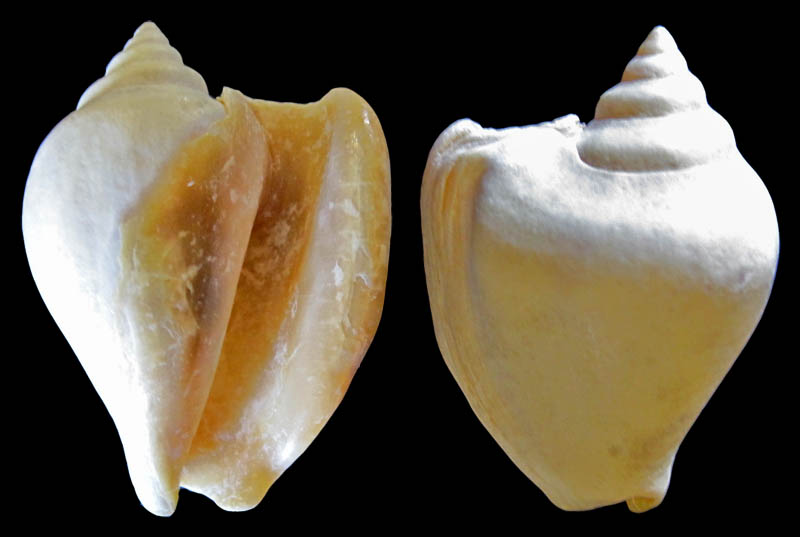 Laevistrombus canarium cf. guidoi (Man in 't Veld & De Turck, 1998); Indonesia; Coll. Ricardo Villar  Laevistrombus taeniatus (Quoy & Gaimard, 1834); Labuan Bajo, Sumbawa Is, Indonesia; t: 44,1 mm, b:41.8 mm; Coll. Ricardo Vilar 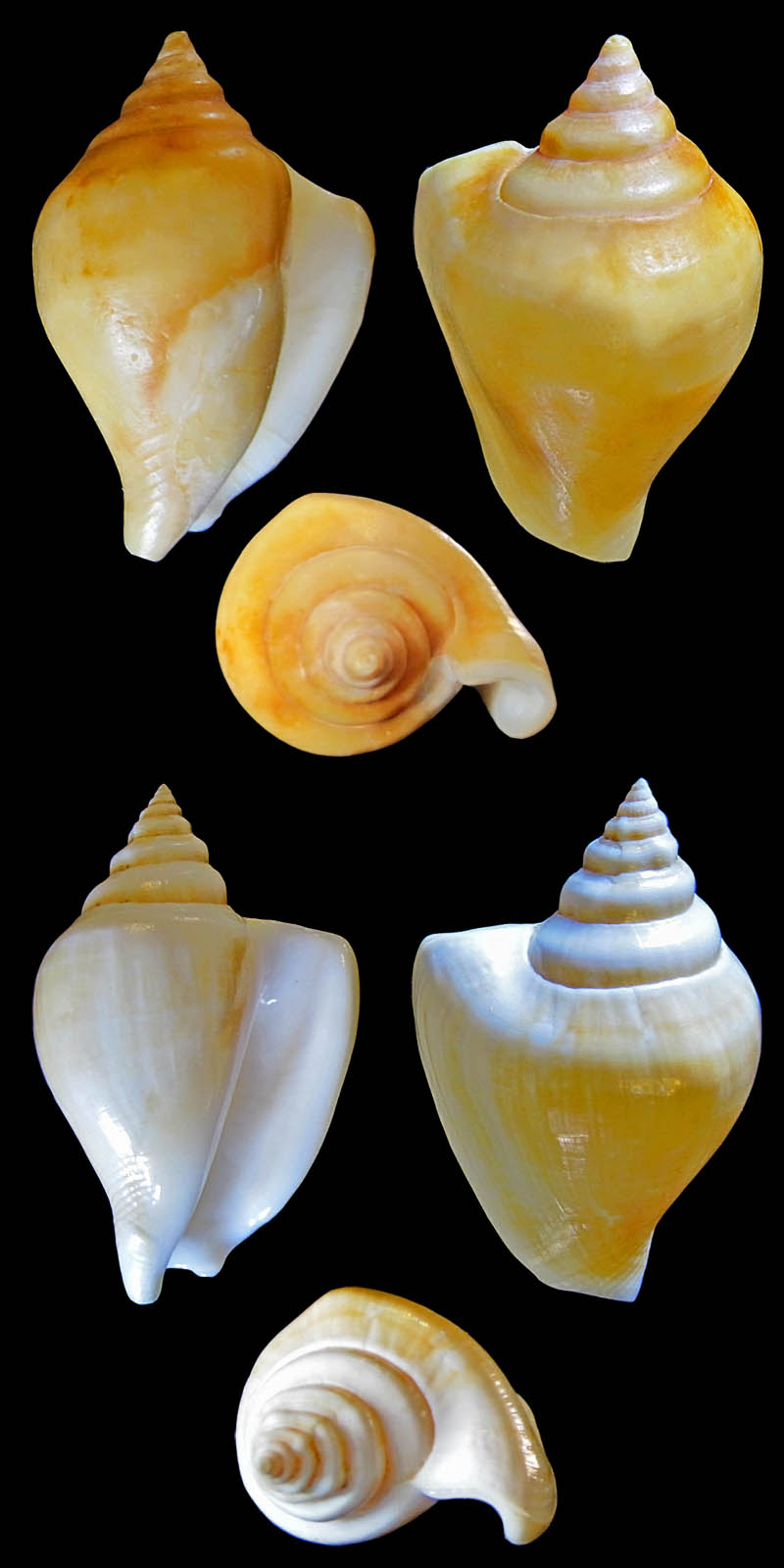 Laevistrombus cf. triangulatus (Martin, 1879); East coast of Malay Peninsula, Southeast Asia; Coll. Ricardo Villar 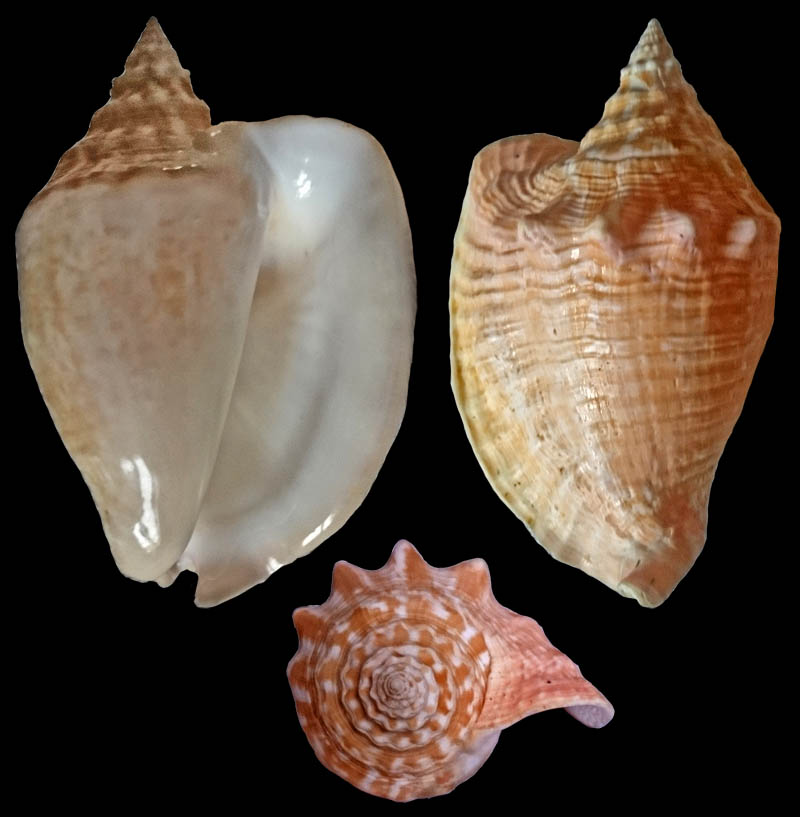 Lobatus costatus (Gmelin, 1791); 122 mm; Coll. Ricardo Villar 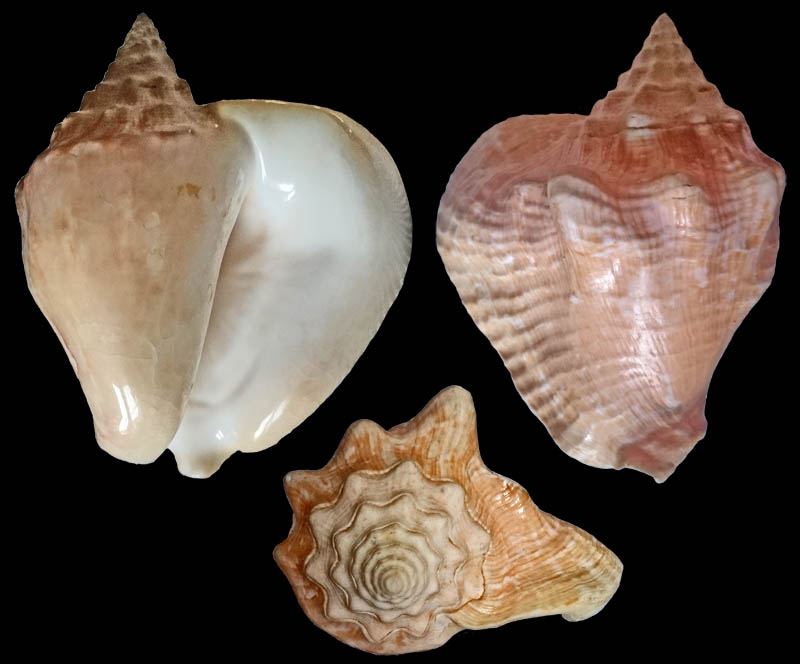 Lobatus costatus (Gmelin, 1791); Bermuda archipelago, British Overseas Territories, North Atlantic Ocean; 128 mm; Coll. Ricardo Villar 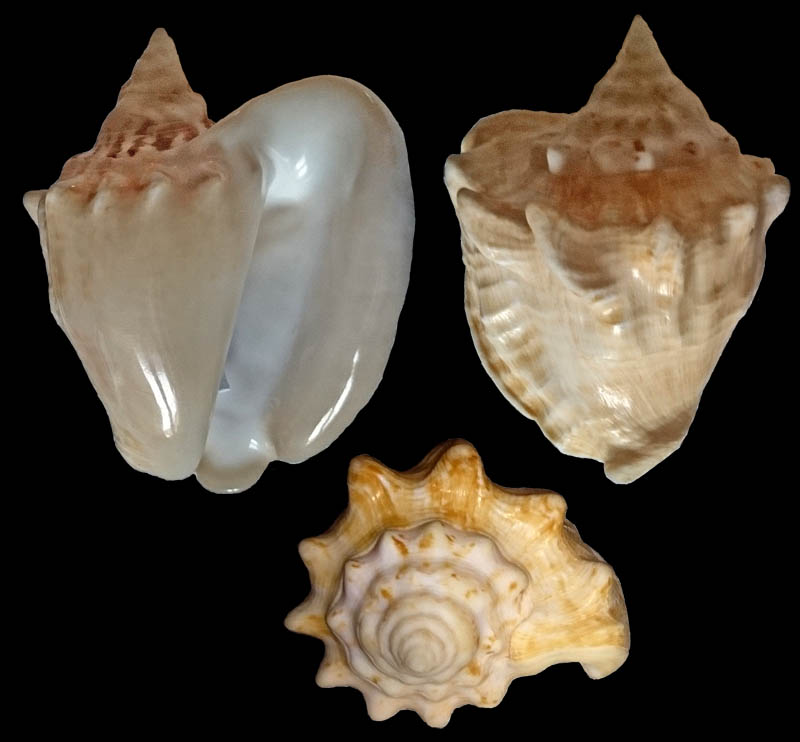 Lobatus costatus (Gmelin, 1791); San Blas Islands, Guna Yala Province, north coast of Panama; 95 mm; Coll. Ricardo Villar 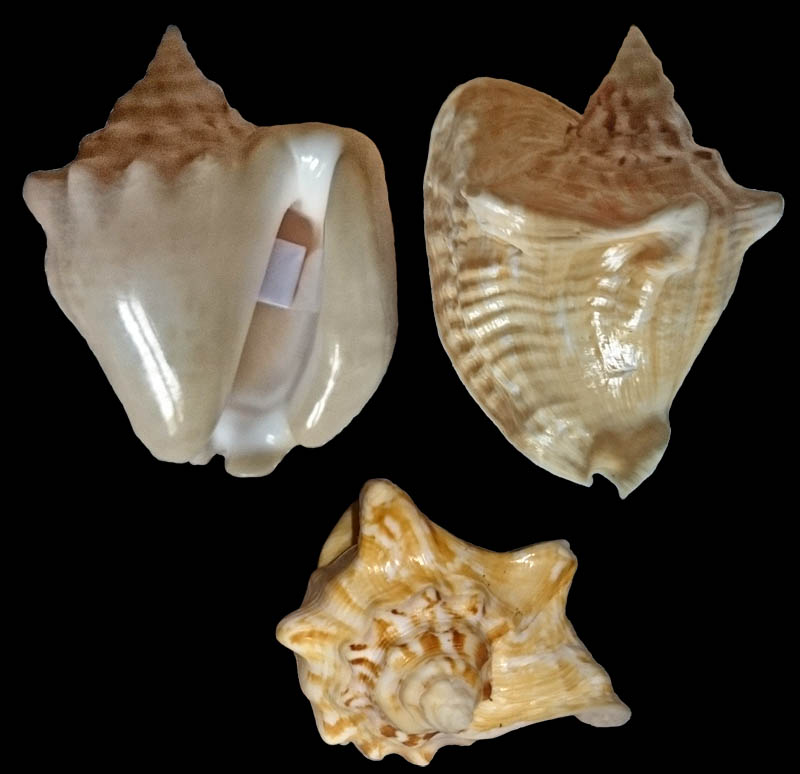 Lobatus costatus (Gmelin, 1791); Salvador, Bahia State, Brazil; 90,3 mm; Coll. Ricardo Villar 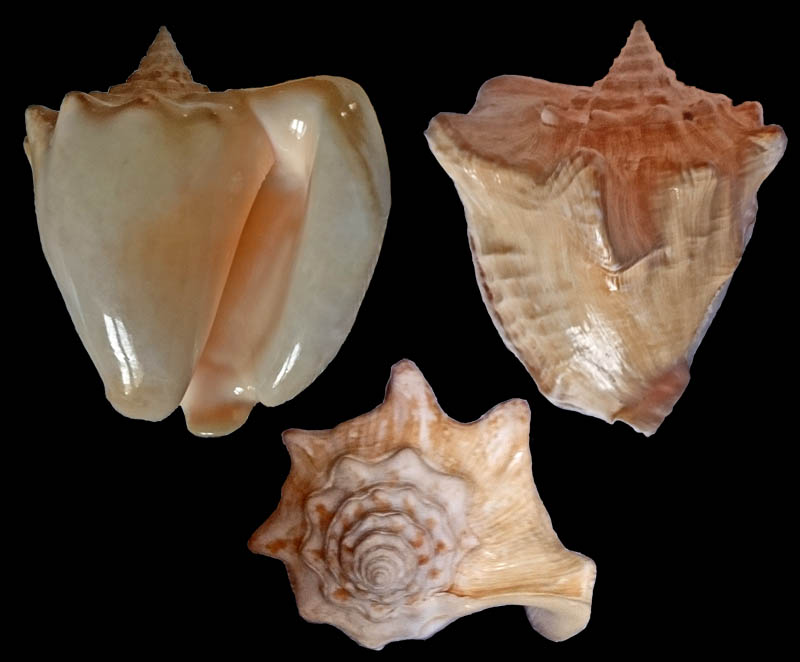 Lobatus costatus (Gmelin, 1791); Alcobaša, Bahia State, Brazil; 113,5 mm; Coll. Ricardo Villar 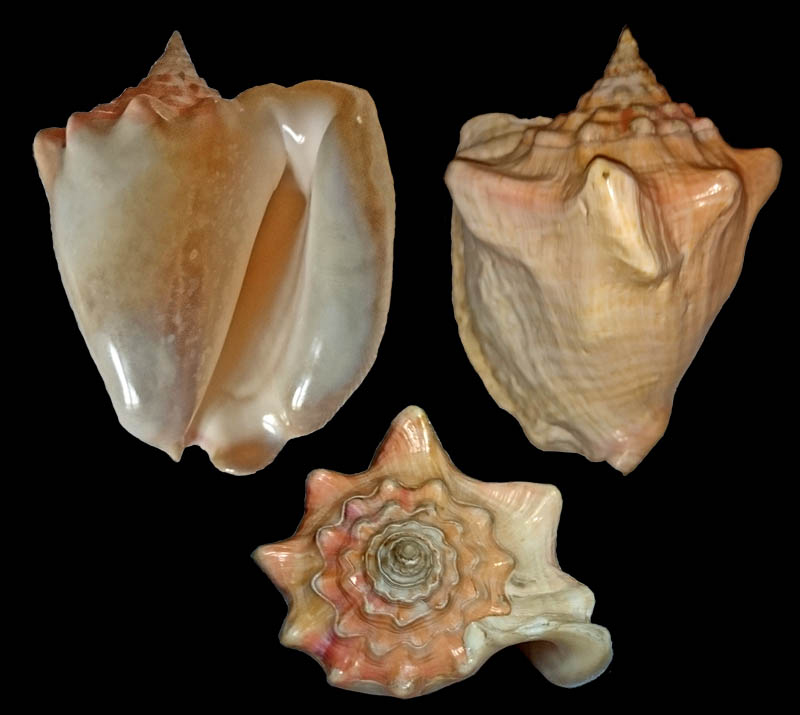 Lobatus costatus (Gmelin, 1791); Fortaleza, Ceara State, Brazil; 158 mm; Coll. Ricardo Villar 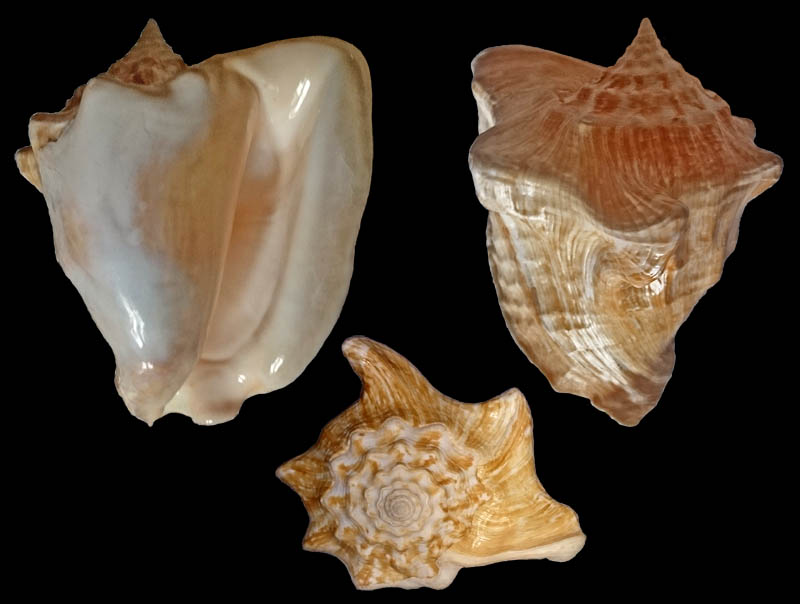 Lobatus costatus (Gmelin, 1791); Pernambuco State, Brazil; 148 mm; Coll. Ricardo Villar 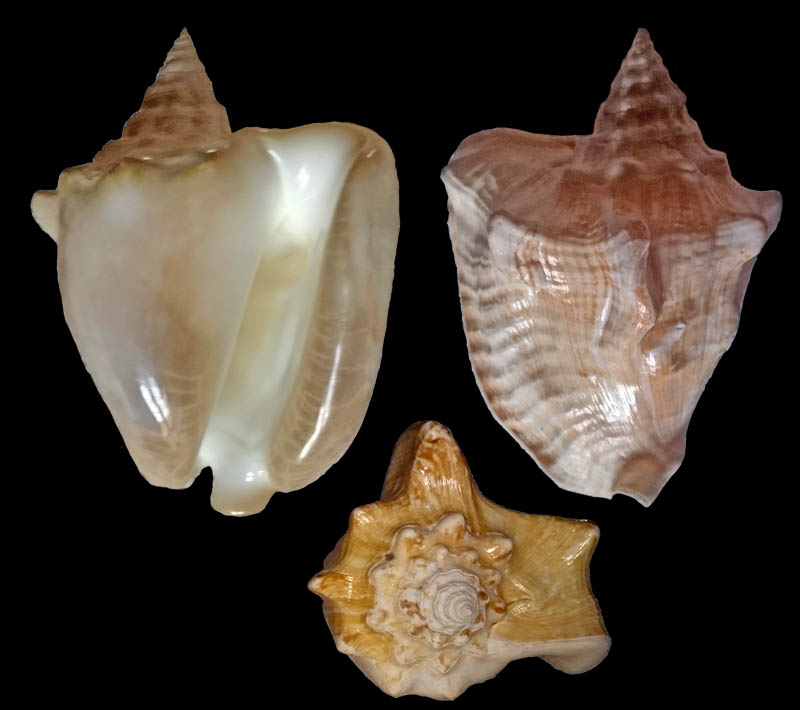 Lobatus costatus (Gmelin, 1791); Caribbean Sea; 118 mm; Coll. Ricardo Villar 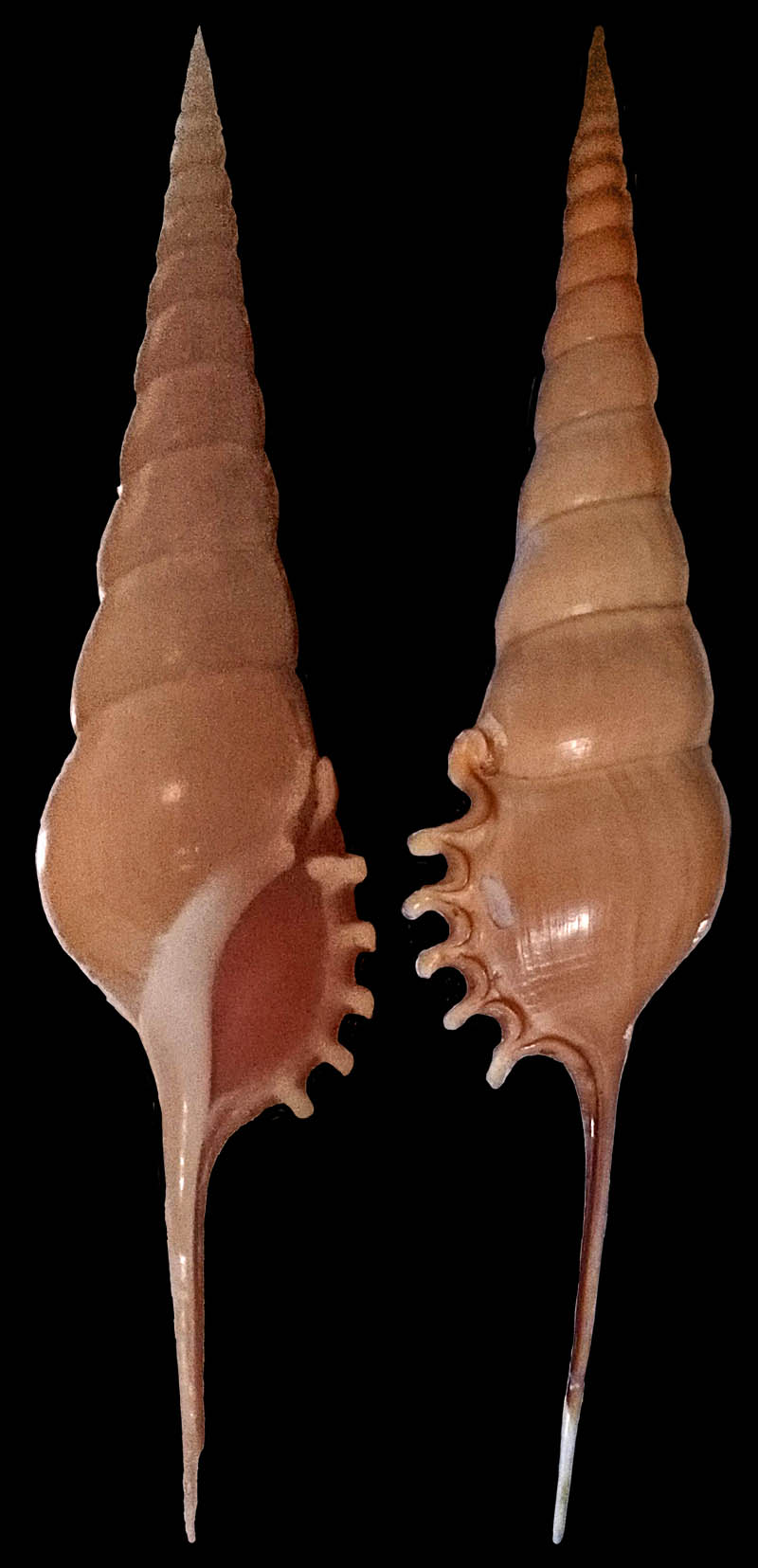 Tibia melanocheilus (Adams, 1854); off Brunei, north coast of the island of Borneo in Southeast Asia; 121 mm; Coll. Ricardo Villar |